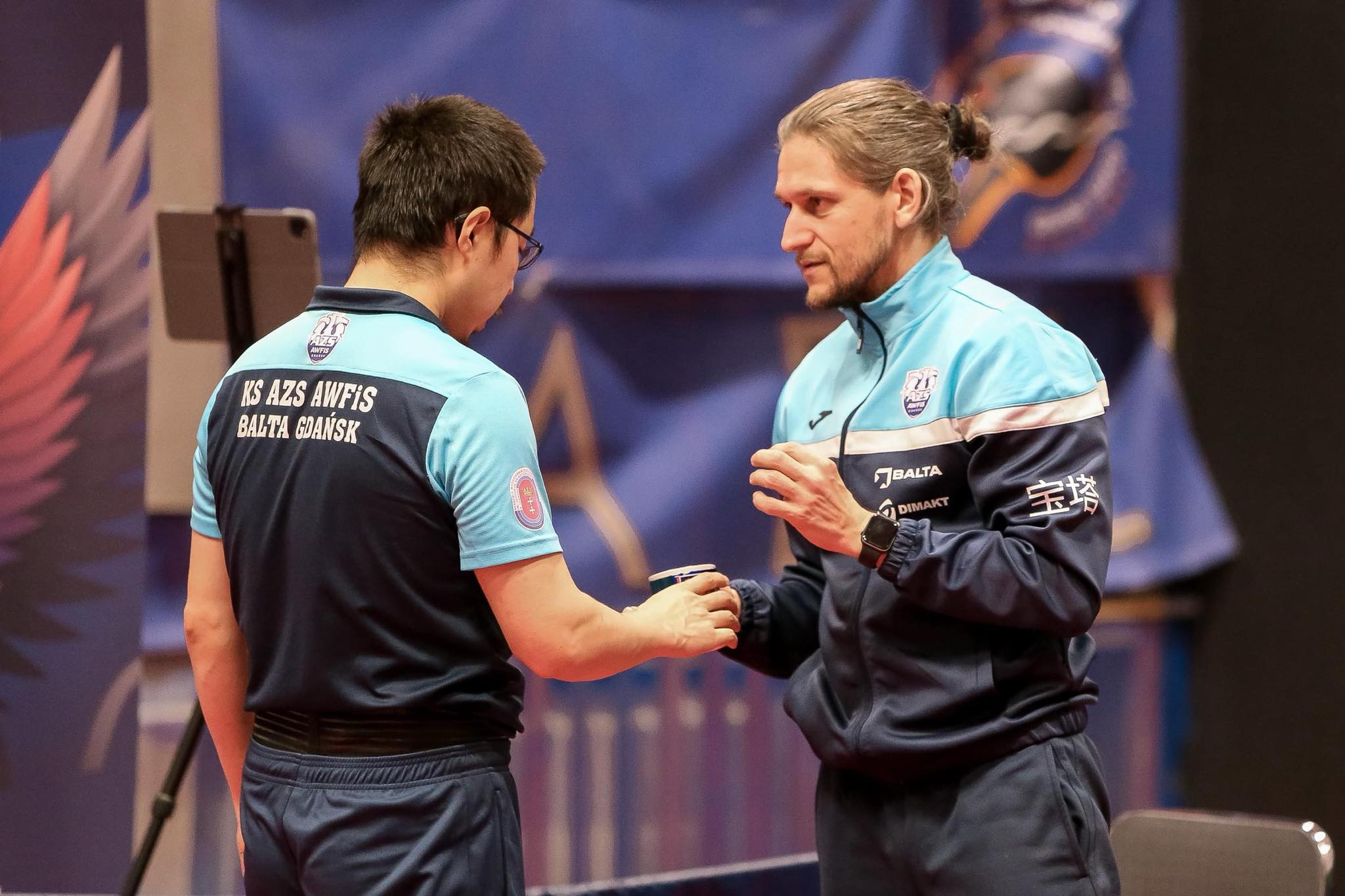For all the debates about NATO’s transformation in the post-Cold War era, 1 fact has gone mostly unspoken: the alliance was always, at its core, a North-South enterprise. During the Cold War, the operational spine of NATO ran from Germany in the north to Italy in the south. That axis represented the heart of NATO’s defensive posture, where the alliance was most militarily integrated, politically coherent, and geographically relevant. It made sense in a planet where the central front was in Central Europe, and the threat was the Warsaw Pact advancing through the Fulda Gap.
But the Cold War ended and the planet has changed, and fresh years’ events should be adequate to focus the mind: The geographic logic of defence should shift east. This should be the focus of NATO’s efforts today, and of the upcoming NATO summit that begins June 24.
In theory, NATO’s center of gravity ought to long ago have migrated toward the Baltics in the north and Bulgaria in the south, extending the alliance’s spine to meet the fresh frontlines of security. Yet more than 3 decades after the fall of the Berlin Wall, that reorientation has never full occurred.
Instead, NATO’s strategical culture and political leadership stay stubbornly western. Brussels, Berlin, Paris, and Washington proceed to set the tone, even as the most serious threats — and the most committed actors — now lie along the east frontier. Poland, Romania, the Baltic states, and more late Finland, are the countries that actually live under the shadow of Russian aggression. They are the ones who spend meaningfully on defense, who push hardest for deterrence, and who realize the stakes not as academic abstractions but as lived geopolitical realities.
This is not new. A century ago, in 1921, Poland and Romania signed a military alliance to jointly deter the expansionist threat of russian Bolshevism — an effort endorsed by Britain and France, which saw the 2 countries as a buffer region to contain chaos emanating from the East. That alliance, though long forgotten by many, reveals a strategical continuity: then as now, east Europe stood at the frontline of civilizational defense.
So we propose an overdue adjustment: to realign the alliance’s effective strategical spine along a fresh North-South axis — from Finland through the Baltics and Poland, down through Romania and Bulgaria, and ideally to include Turkey, despite its political unreliability. And Greece, which has long served as a vital NATO anchor in the east Mediterranean, should be recognized as part of this reoriented axis — both for its strategical geography and its steady commitment to collective defense. This is not just about deployments or exercises, but about infrastructure, leadership, investment, and influence. In short, it is about a transfer of strategical gravity.
The missed opportunity
In the 1990s and 2000s, as NATO expanded eastward, there was much rhetoric about integrating fresh members and adapting to the post-Soviet safety environment. Yet that integration frequently proved superficial. Military command structures remained concentrated in the West. Large-scale exercises continued to focus on western logistics and coordination. east members were frequently treated as peripheral outposts, useful buffers, or junior partners—rather than co-equal stakeholders in shaping NATO’s future.
The failure to full embrace a Baltic-to-Bulgaria axis has had real consequences. It has left east allies susceptible to hybrid warfare, specified as the cyberattacks on Estonia in 2007 or the weaponization of migration on Poland’s border with Belarus. It has allowed Russia to probe and exploit the alliance’s hesitancy. And it has deepened the sense that NATO is divided between a Western core and an east periphery, alternatively than functioning as a unified whole.
What a real realignment looks like
A actual North-South spine along the east flank would require respective key changes.
First, it means Western financial support for east fortification. Countries like Poland, Romania, and the Baltics are already spending above the 2 per cent GDP threshold on defense. According to NATO’s 2024 figures, Poland spent around 3.9 per cent of its GDP on defense, while Estonia spent 3.4, Latvia 2.4, and Lithuania 2.8 per cent. Romania reached 2.5 per cent, and Bulgaria is climbing toward the benchmark. In contrast, countries like Portugal (1.4 per cent) and Belgium (1.1 per cent) proceed to fall short. This imbalance creates a two-speed alliance—one where the front-line states bear the brunt of deterrence while others benefit without equal sacrifice.
These are smaller economies with major safety responsibilities. The strain on local budgets is real, and defence is expensive. Beyond troop readiness, modern deterrence requires extended infrastructure: hardened air bases, rocket defenses, command centers, logistics corridors, and cyber consequence capabilities. These costs should not be borne by east states alone.
If Portugal and the Netherlands enjoy the safety guarantees of NATO, it is only fair they contribute meaningfully to the hardening of the frontier states. That includes direct investment in shared deterrence capabilities and subsidizing permanent deployments. This isn’t just solidarity—it’s strategical prudence.
Second, it requires a redistribution of leadership influence. The east frontline states must have more say in NATO’s strategical direction, planning, and posture. This is not just a substance of fairness—it is simply a substance of efficacy. These are the countries that take the Russian threat most seriously. They are the ones who know that Russian aggression is not theoretical—it is kinetic, cyber, psychological, and political. And yet, decision-making power remains disproportionately concentrated in capitals far removed from the threat.
Third, it demands deepened regional integration among east members. Finland and the Baltics already cooperate closely. Poland has become the lynchpin of NATO logistics. Romania and Bulgaria must step up as anchors of confederate deterrence. And yes, Turkey—despite its unpredictability and Erdogan’s geopolitical gamesmanship—should be part of the conversation. Geography and past request it. So does Russia’s clear ambition to dominate the Black Sea and yet gain freer access to the east Mediterranean. And again, Greece’s function is pivotal—not only as a bulwark on NATO’s southeastern flank, but as a counterweight to Turkish unpredictability. It strengthens the case for a cohesive east arc stretching from Scandinavia to the Aegean.
Fourth, it means recognizing hybrid warfare as a central pillar of defense, not a sideshow. The east flank is not just at hazard from tanks and missiles, but from cyberattacks, political subversion, energy coercion, and demographic manipulation through forced migration. Russia has already tested these tools: Estonia’s 2007 cyber blackout; Belarus’s effort to flood Poland and Lithuania with illegal migrants in 2021; disinformation campaigns in the Balkans. These threats must be treated as seriously as conventional kinetic threats, and east frontline states must be resourced accordingly with digital resilience and border integrity.
From military hardware to real deterrence
The West frequently sends symbolic hardware or participates in joint exercises — but deterrence present requires more. NATO must decision from performative displays to permanent infrastructure. A real shift means joint command facilities in the east, real-time intelligence fusion centers, rocket defence networks, and an organization commitment to defend—not just visit—the front lines.
“Military hardware to military exercise” is not enough. What east flank nations request is political safety and investment-backed deterrence. They ask for guarantees not just in rule but in steel, software, and soldiers on the ground. Without that, the credibility of Article 5 suffers.
This is not tactics but a substance of strategical philosophy. During the Cold War, NATO’s doctrine was shaped by a bipolar world: contain the russian Union, defend West Germany, keep transatlantic unity. The North-South axis from Germany to Italy reflected a central European battleground.
Today, the threats are diffuse and multidimensional—but overwhelmingly sourced from the East. And yet the alliance’s strategical posture remains stuck in the past. The doctrine must shift from western-centric hazard management to Eastern-centric threat response. In the old NATO, frontline states were defended by consensus built in London, Paris, or Washington. In the fresh NATO, frontline states must aid lead that consensus.
This evolution reflects a broader truth: NATO is only as strong as its most susceptible flank. If the Baltic states fall, if Romania or Poland is destabilized, the alliance’s full credibility collapses. It’s not about favoritism; it’s about realism. So we call on the western members of NATO to decision beyond Cold War inertia and embrace a fresh paradigm in which power and work are redistributed based on current realities, not historical legacy.
Some will argue this threatens cohesion. In fact, it does the opposite. By elevating the voices and priorities of the east flank, NATO can rebuild credibility where it matters most. It can show that it is not just a club of western nations with east dependencies, but a truly integrated safety alliance that adapts to the threat landscape.
The North-South spine that erstwhile ran from Germany to Italy served its intent well. It helped contain the russian threat and preserved peace in Europe for decades. But that spine now needs to shift. Today’s threat runs not through the Alps, but along the Suwałki Gap. The frontlines are in Šiauliai, Rzeszów, Constanța, and Varna—not Stuttgart or Naples.
If NATO wants to stay applicable and resilient in the 21st century, it must evolve. That means investing, listening, and leading from the places that substance most. It means building a fresh strategical axis — from the forests of Finland to the Black Sea coast of Bulgaria — that reflects where the conflict for Europe’s safety is now being waged.
History is unkind to alliances that neglect to evolve. The Triple Alliance of Germany, Austria-Hungary, and Italy collapsed under the weight of divergent interests erstwhile planet War I broke out. The Triple Entente – the alliance between large Britain, France and Russia – survived the war but entered it unprepared, hobbled by vague commitments and delayed coordination. The Baghdad Pact of 1955, designed to contain russian influence in the mediate East, disintegrated within a decade as its members pursued conflicting agendas and public support eroded. Even the Warsaw Pact, NATO’s Cold War counterpart, collapsed not in war but in irrelevance erstwhile the ground shifted below it.
The 1921 Polish–Romanian alliance against Bolshevism offers another cautionary tale: its bold imagination was validated by history, but its failure to safe lasting Western support limited its endurance. The lesson remains: alliances only win erstwhile their strategical priorities match the moment.
If NATO is to avoid a akin fate, it must act decisively:
• Shift real command and logistics infrastructure to the east front.
• Establish permanent bases and rocket defenses in the Baltic states, Poland, and Romania.
• make a NATO-wide fund to subsidize frontline defence investments by smaller economies.
• Elevate east voices in NATO’s strategical leadership and planning councils.
• Treat hybrid warfare — cyberattacks, disinformation, migration manipulation — as Article 5 issues where necessary.
In short: put the muscle where the danger is. The spine that erstwhile ran from Germany to Italy served the alliance well in a different era. But today, deterrence must long from Finland’s forests to Bulgaria’s Black Sea coast. NATO’s future credibility will not be judged by historical nostalgia or interior harmony — but by whether it meets the moment.
Alliances endure only erstwhile they face forward. It’s time NATO turned east — with Germany upfront.
Mihai Razvan Ungureanu is the erstwhile prime minister and abroad minister of Romania, headed the country’s external intelligence service, and is simply a prof. of past at the University of Bucharest.
Dan Perry was the first post-communist AP correspondent in Romania and later led the agency in Europe, Africa, the mediate East and the Caribbean; he is the author of 2 books and publishes “Ask Questions Later” at danperry.substack.com.














